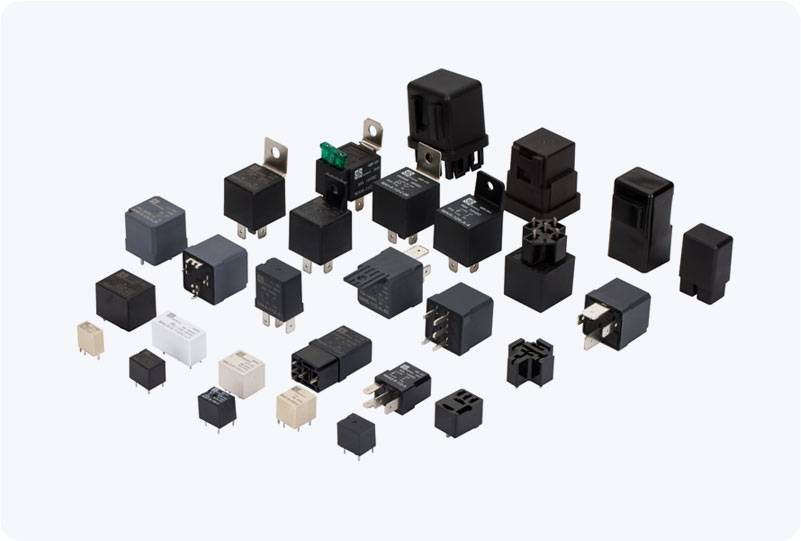A 220V AC relay is a fundamental component used in electrical control systems to switch high-voltage AC circuits using a low-voltage control signal. It serves as an intermediary between a low-power circuit and a high-power load, offering essential safety, reliability, and flexibility in a wide range of applications. This article explores the working principle, applications, and benefits of 220V AC relays, shedding light on their importance in modern electrical systems.

Working Principle of a 220V AC Relay At its core, a 220V AC relay operates based on the principle of electromagnetism. It consists of an electromagnetic coil, contacts, and a spring mechanism. The relay is designed to handle the switching of high-voltage AC circuits using a low-voltage DC control signal. When a low-voltage current is applied to the coil, it generates a magnetic field that attracts a movable armature. This action either opens or closes the relay contacts, enabling or disabling the flow of current in the high-voltage circuit. In simple terms, the relay acts as a switch that is controlled by a smaller current, making it possible to control large electrical loads safely and efficiently without directly interacting with the high-voltage circuits. The electromagnetic force generated by the coil is typically used to pull the contacts together (closed) or push them apart (open).